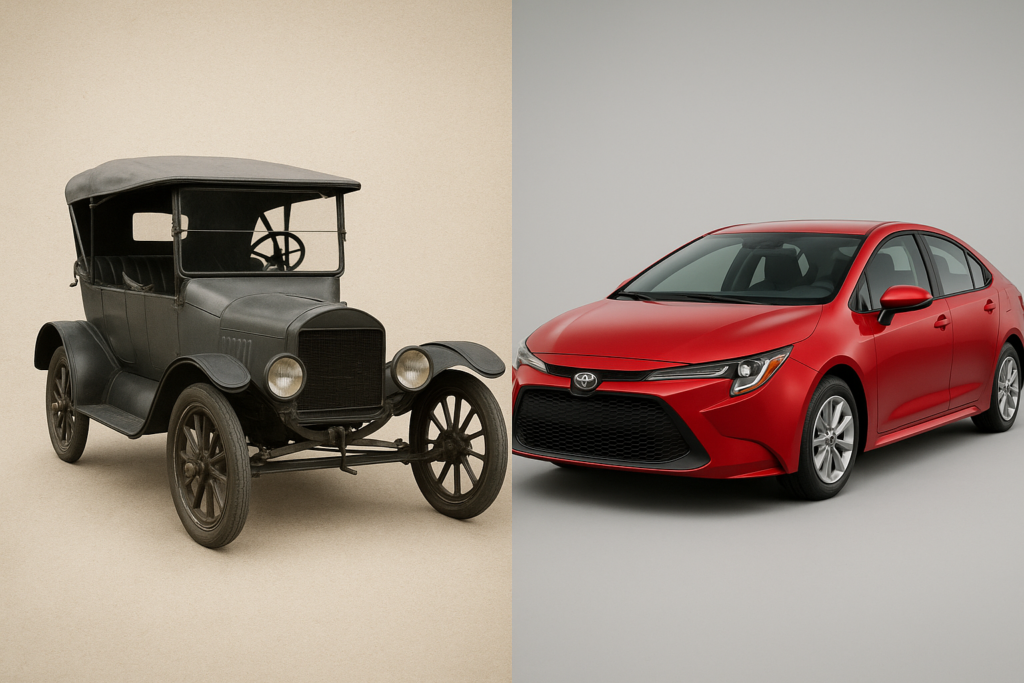AI is leading to natural foolishness
After motor vehicles were invented, we started walking less. Over time, our physical activity dropped. But we can now travel more in less time. The same thing is happening with Artificial Intelligence — but this time, with our minds.
AI tools can now think, write, and even decide for us. They help us draft emails, generate ideas, and summarize books. But in doing so, we use our own intelligence less. We depend on AI for simple tasks that once trained our brains to think. This convenience can make us mentally lazy and reduce our intelligence — a kind of “natural foolishness” where we stop sharpening our own thinking.
AI is evolving in a very different direction than human intelligence
Human intelligence grows through experience, emotion, and creativity. Artificial Intelligence, on the other hand, grows through data and patterns. It can already turn our thoughts into pictures and videos, write essays, and even design logos.
AI doesn’t “understand” — it predicts based on data. Yet, it can outperform us in many structured tasks.
For example, tools like ChatGPT can write clearer emails than most people. Image generators like Midjourney can visualize concepts instantly. These are things that once took humans hours of thought. AI is evolving quickly, but not in the same way we do.
How it’s gonna evolve
Going back to the example of motor vehicles. Cars in the 20th century were simple, mechanical machines built for basic transportation with minimal technology. New cars are smarter, safer, and more efficient, packed with electronics, automation, and are more powerful. It took us years of research to achieve this.

Let me walk you through some recent researches on AI.
The illusion of thinking
Researchers at Apple studied different large AI models, including LLMs (Large Language Models) and LRMs (Large Reasoning Models). They published The illusion of thinking and found that LRMs give more accurate answers and seem smarter — almost like they can “think.” But this is an illusion. These models use massive computing power and still fail when problems become too complex. AI doesn’t think — it just calculates.
Less is more
Alexia Jolicoeur-Martineau, a researcher at Samsung, proposed a new model called the Tiny Recursive Model. It’s tiny — about 100,000 times smaller than some advanced models like DeepSeek R1. Yet, it solved Sudoku-Extreme puzzles better than most large models. The secret? It keeps re-checking and refining its own answers, improving accuracy through repetition. This shows that future AI might not need to be massive — just smarter in how it learns.
What’s the point
Generative AI is still in its early phase. What we see today is just the beginning. As new research continues, Artificial Intelligence will become more efficient, more precise, and more capable of solving complex problems in ways we haven’t imagined yet.
What should we do
AI will change how we work, learn, and think. Instead of fearing it, we should grow with it. That means using AI wisely — as a tool, not a crutch.
Most importantly, our education system must evolve too. Schools and universities should update their curriculums to teach students how to think critically with AI, not just use it.
If we evolve alongside AI, we’ll shape a smarter future — one where both humans and machines grow together.
